Critical Appraisal Report: CLRS90027 Principles of Clinical Research
VerifiedAdded on 2022/08/13
|7
|1706
|11
Report
AI Summary
This report presents a critical appraisal of two research papers focusing on the effects of yoga interventions on breast cancer survivors. The first paper, by Derry et al. (2015), investigates the impact of Hatha yoga on cognitive complaints, while the second paper, by Kiecolt-Glaser et al. (2014), assesses yoga's influence on inflammation, fatigue, and mood changes. Both studies utilized randomized controlled trials with breast cancer survivors, comparing a yoga intervention group to a control group. The appraisal evaluates the study designs, comparison groups, circumstances, methods, and follow-up procedures. It examines the association between exposure and outcome, including statistical significance and confidence intervals, and the calculation of risk estimates. The report also discusses the strengths and limitations of each study, such as sample size, retention rates, and the absence of active control groups. The findings suggest that yoga may have positive effects on cognitive function, inflammation, and fatigue in breast cancer survivors, but further research with larger sample sizes and more comprehensive methodologies is needed.
1 out of 7
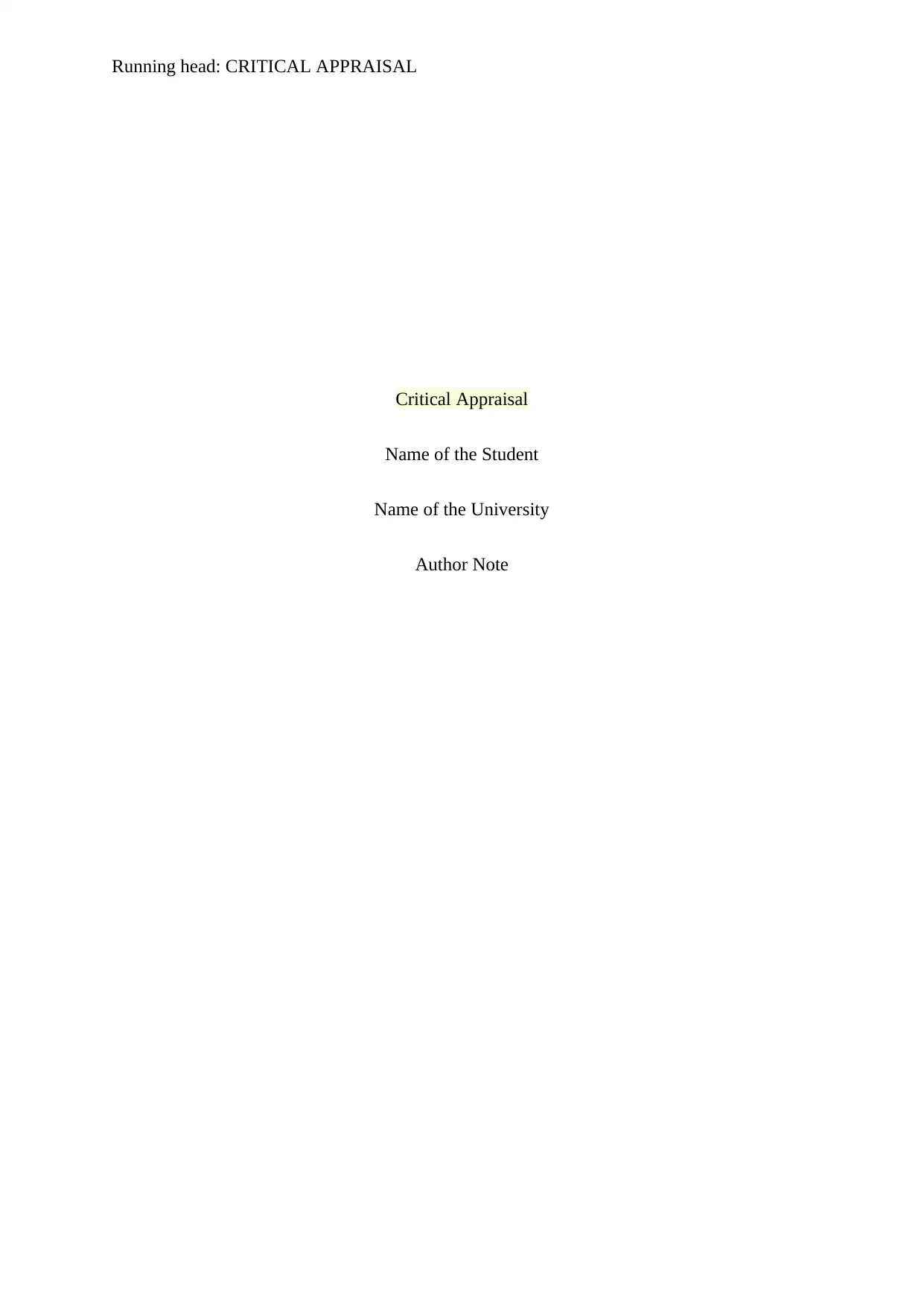
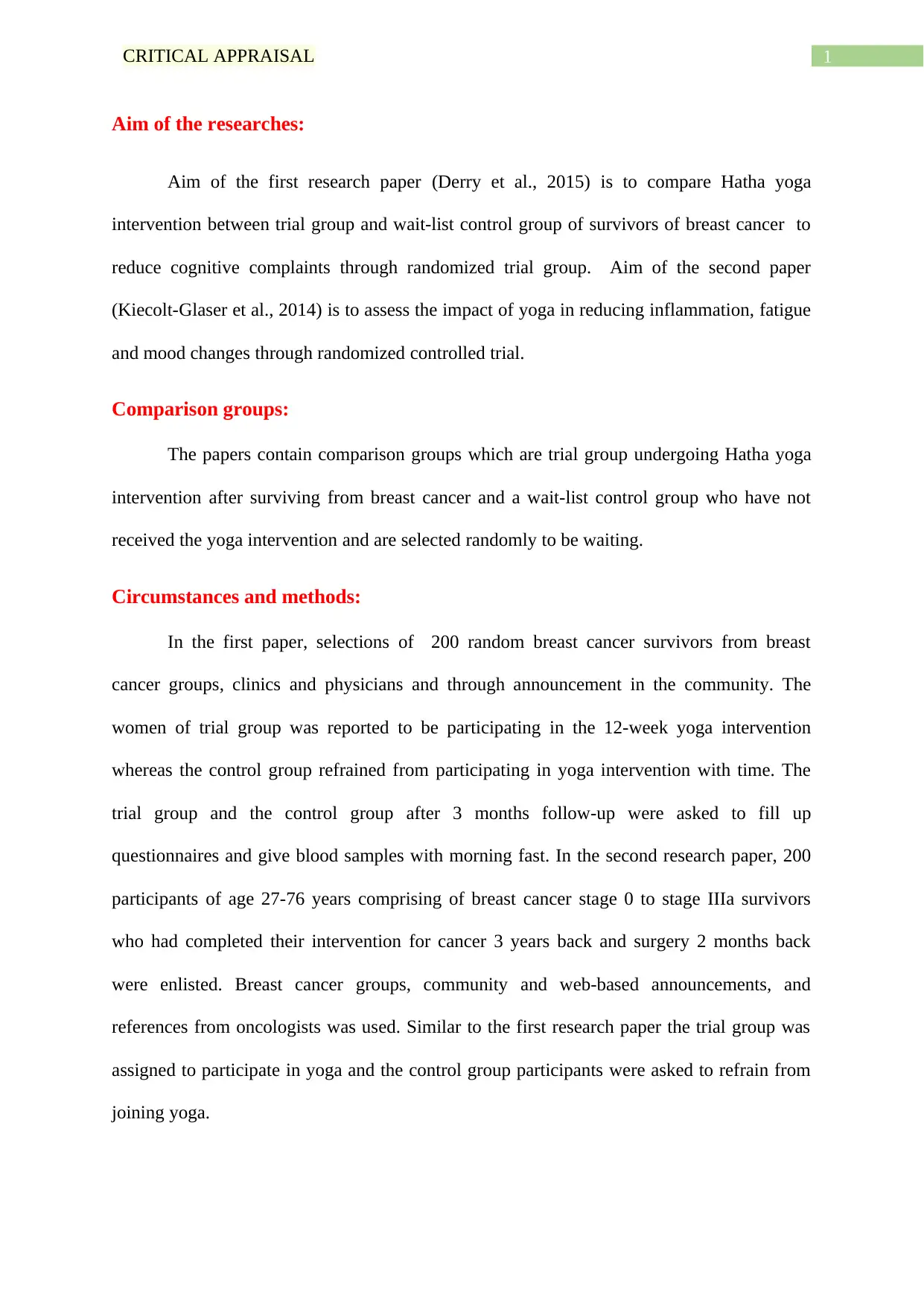
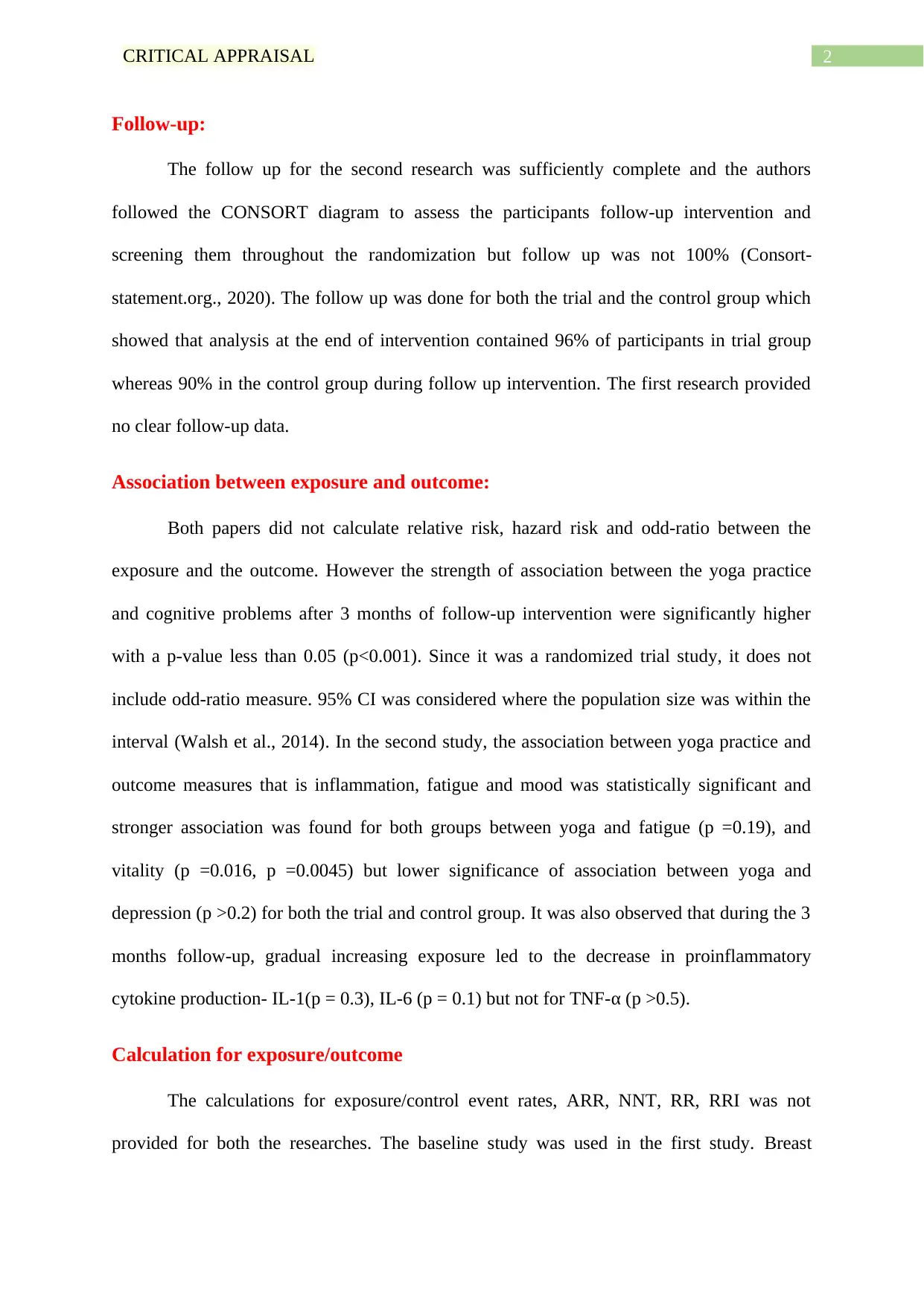
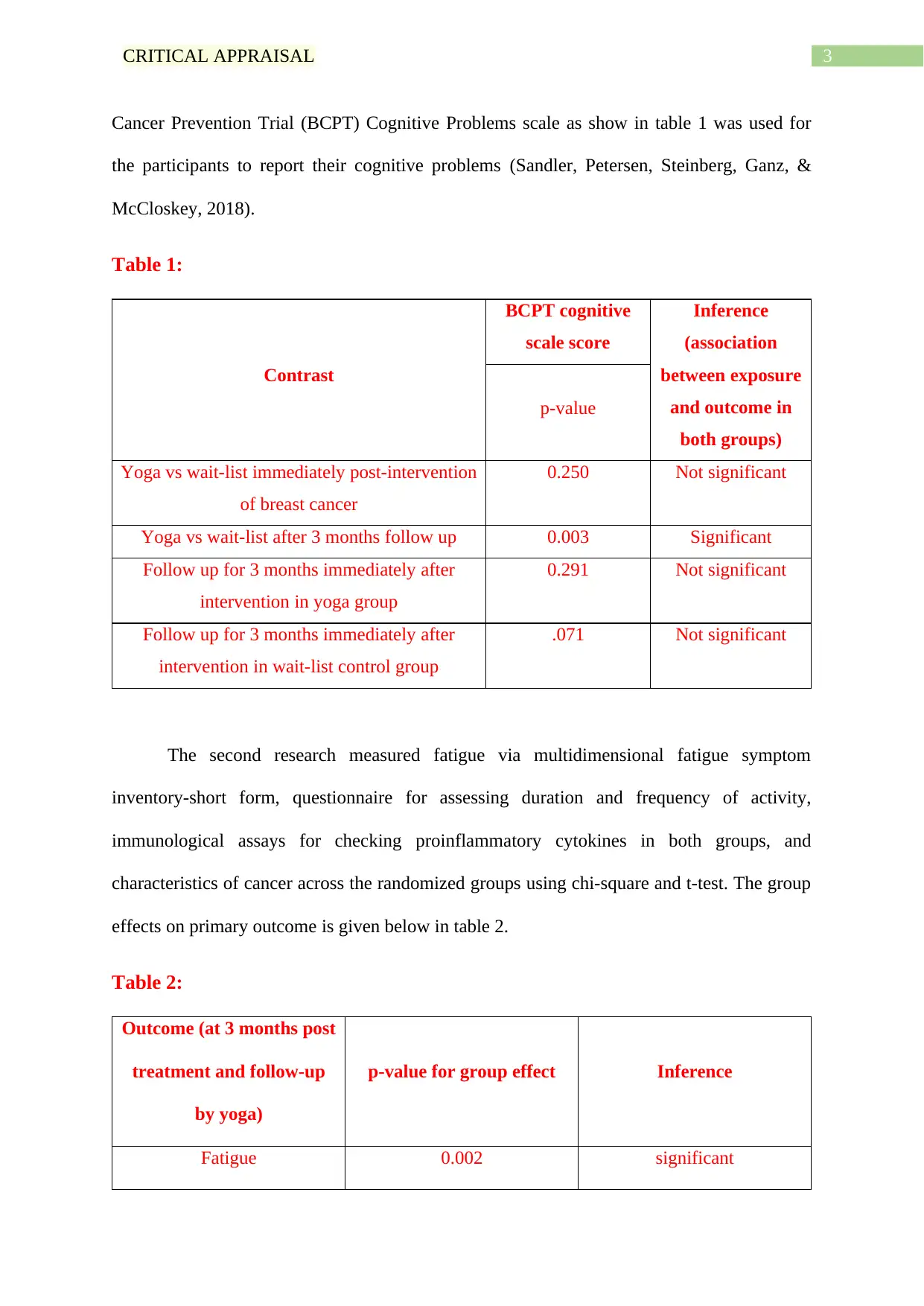
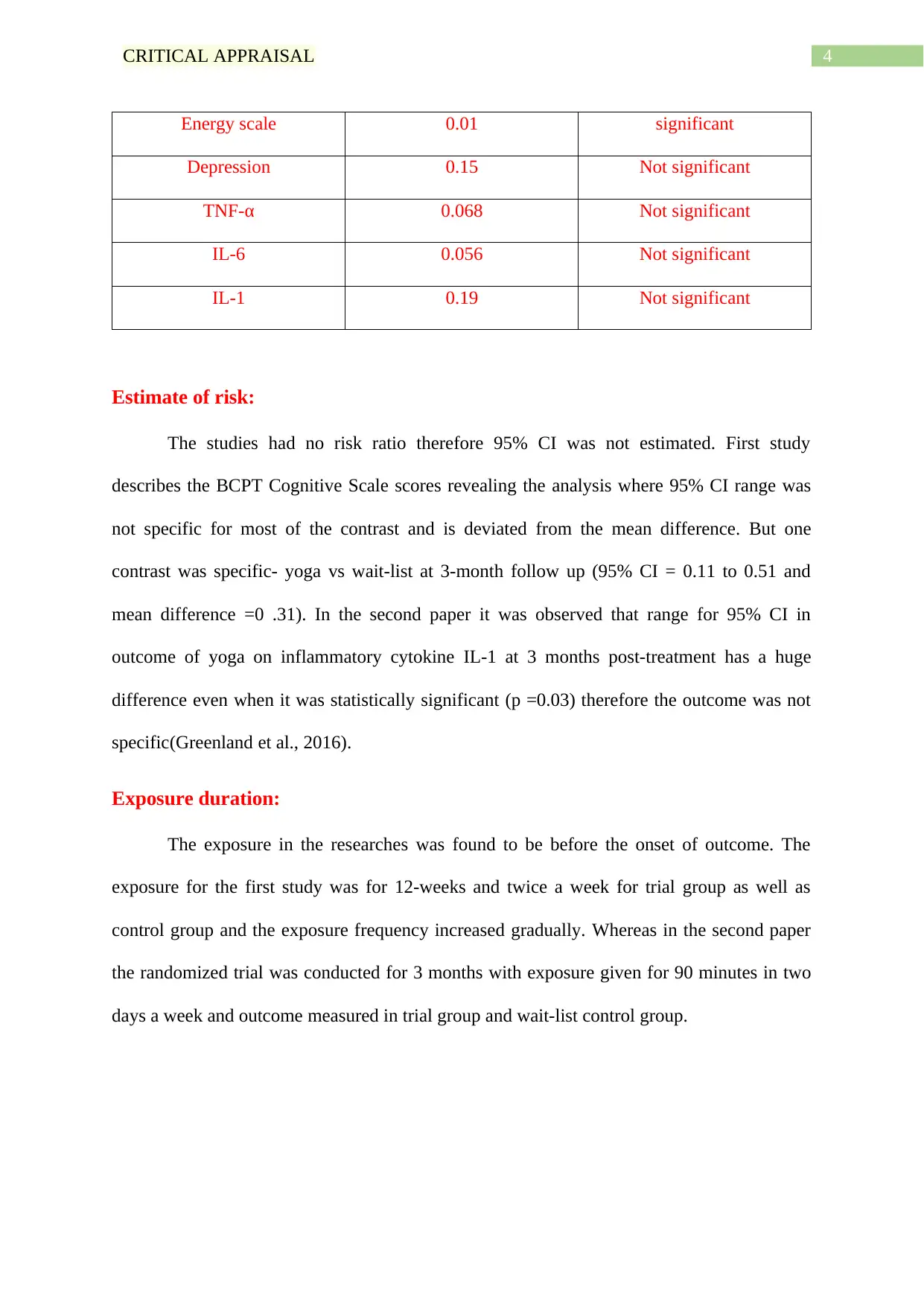
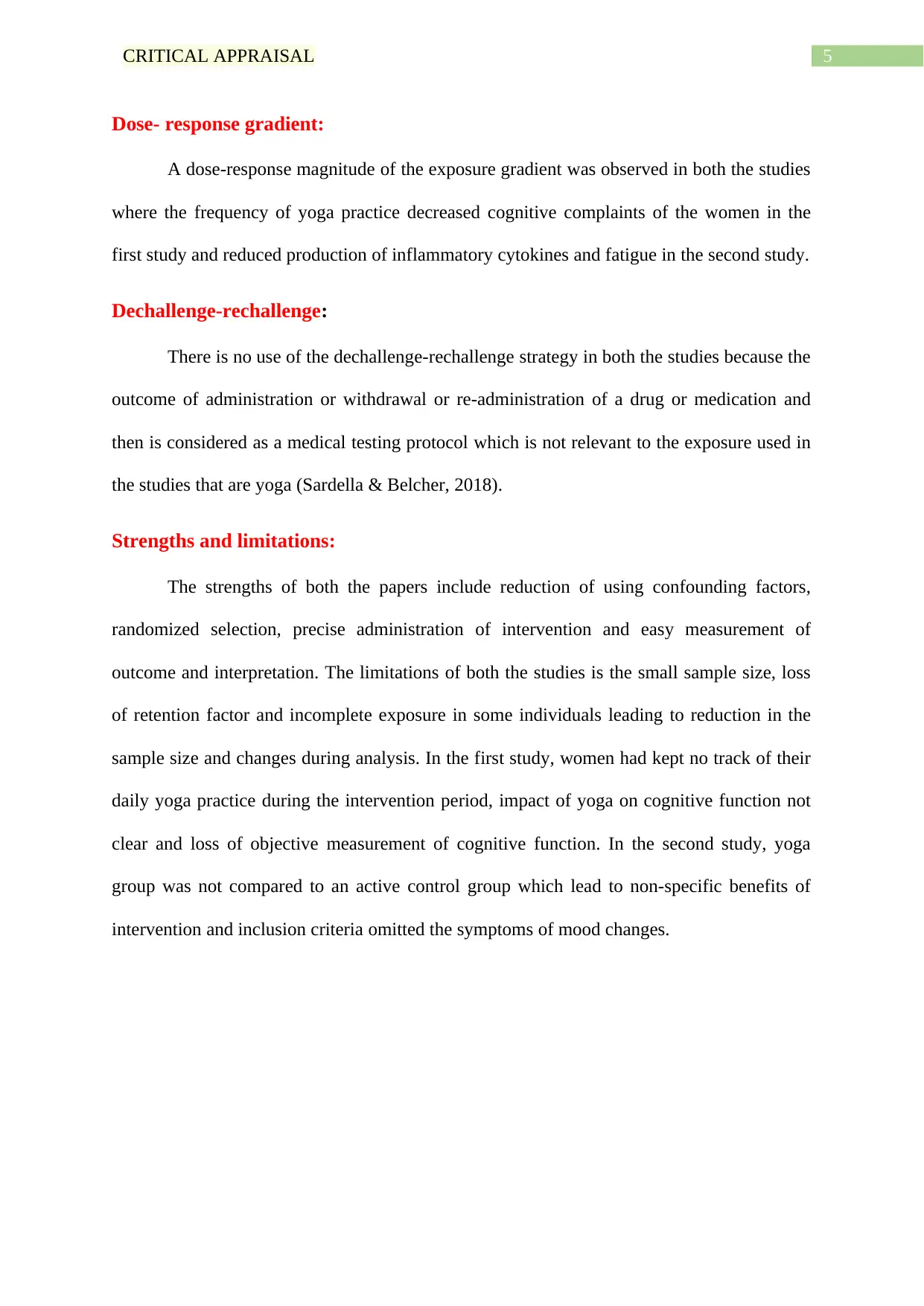
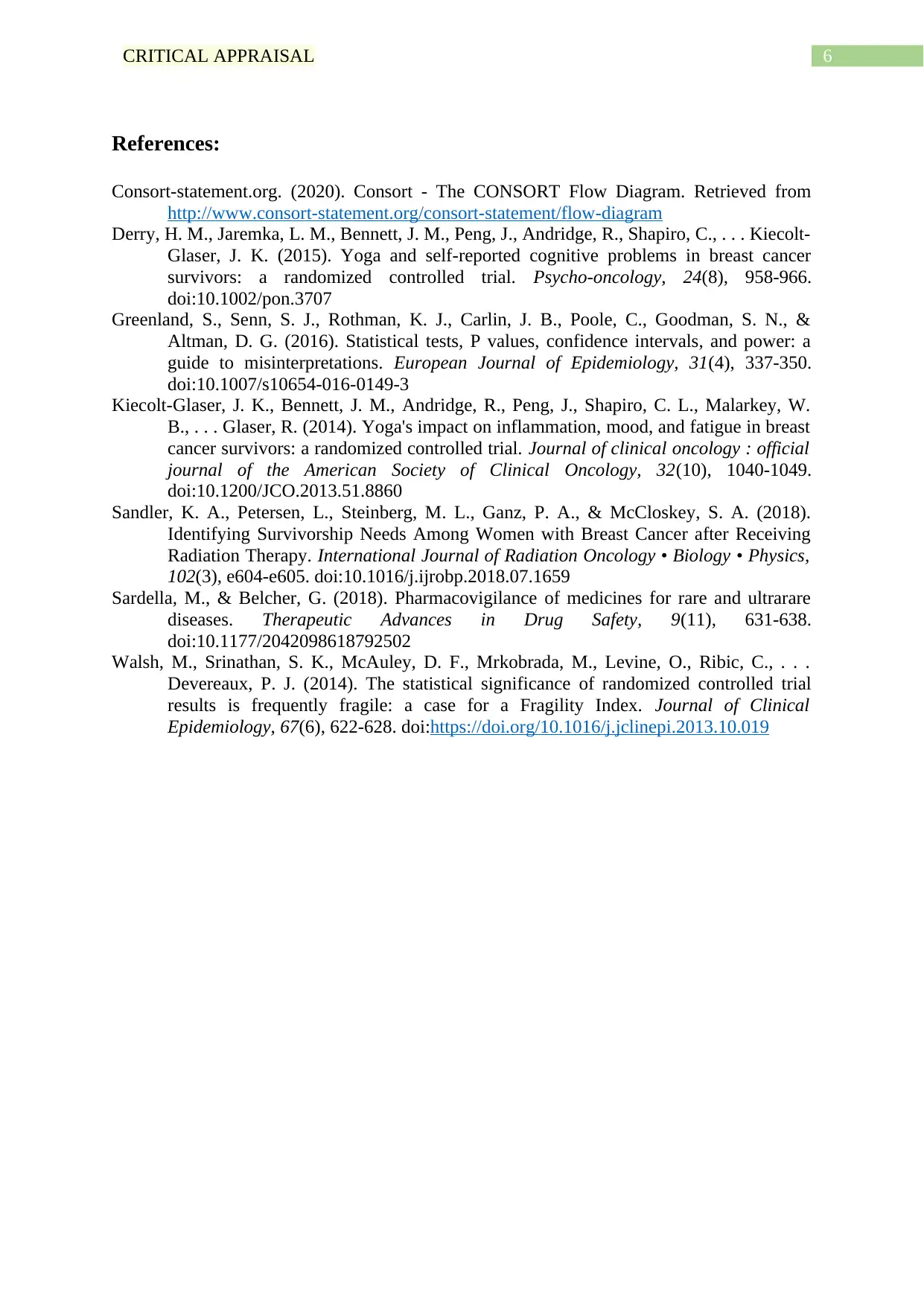





![[object Object]](/_next/static/media/star-bottom.7253800d.svg)